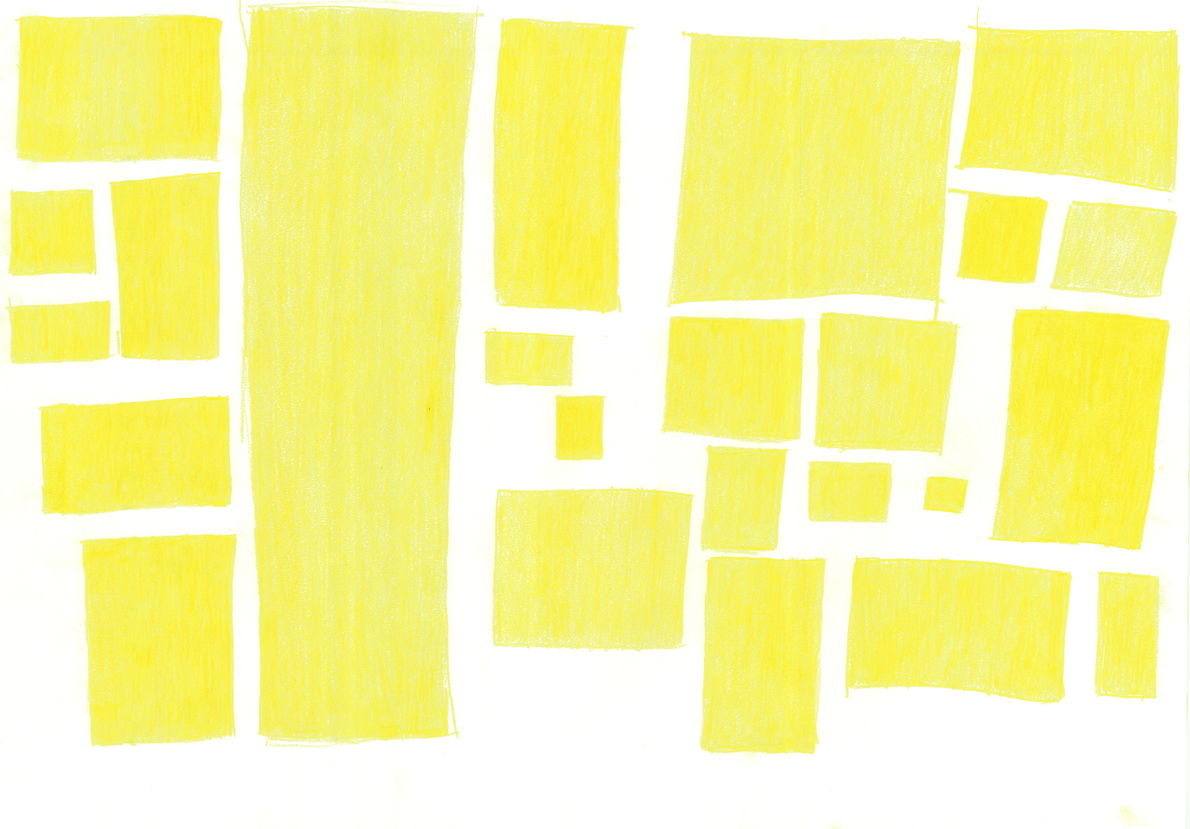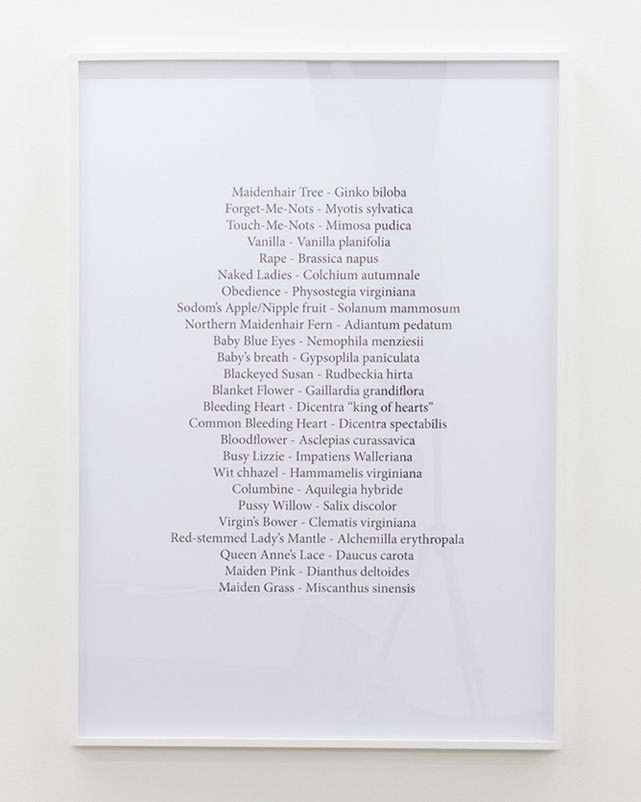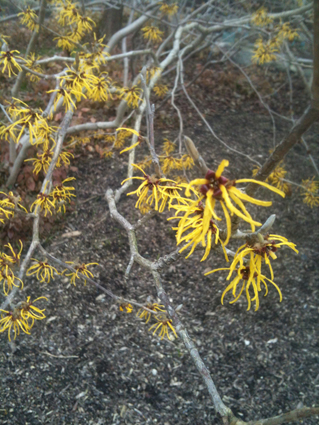Issue 31
Viktoria Wendel Skousen
O
plants today: The Maidenhair tree, Maiden pink, Maiden grass, Northern maidenhair fern,
Snow maiden just to mention a few.
The thing about plants are that unlike other creatures of our planet plants cannot move
away from where they are situated, they are bound, if necessary, to fight for themselves
from a fixed position. In other words, they are passive specimens when compared to humans
and animals. The group of plants that have these virgin-like names are often of a delicate and
highly decorative character. Just like the layers of soil reveal the past to a geologist,
these names tell us about the time of their making and what the perception of the female
gender was like at the time. Women were there to look decorative and be picked by the
male botanist. By combining a word like maiden with a specimen of shear beauty,
the botanists have created a passive symbol: The woman as an object on a piedestal, as a
servant to the eye. Put differently, the names tell of a female ideal.
We have changed the names of streets, squares and children's books over time due to
their offensive historical background, and now may be a time to have a talk about plant names,
not only to explore our view of nature, but also to think about our perception of women,
sexuality and power today.

There is no doubt that this work has to do with collecting, it is a botanical collection, it is a
word collection and it's a recollection.
What interests me is the representation of words and language, in this case the case of
plant names. When is an image shown with a word or words an illustration and when is it
something more or not an illustration at all? Can an image surmount a word, can they be
equal or will text always have an authority over the image? Through Google and its
image search engine we are getting more and more used to connecting words stripped for
its context with images chosen for its popularity or "hits". Images and words get locked up
together, and other less googled meanings are forgotten on page 185.
Google is the first source we turn to when seeking an answer or in its highest potential the
truth. This search engine seems endless it gives us a feeling of endless possibilities and
combinations, and so does the internet. Our new way of seeking knowledge and
infor-
mation is making an impact on the way we see the world in general and art and literature
are part of that world. This power structure I find extremely interesting, it is as if
an extreme democratic model (the search engine) is not so democratic after all. We turn to
society to seek knowledge and what society tells us we tell society.
O
One could say that my method for making this body of work, is the method of Google. To
lock up in pairs, becoming the search engine. Only the work uses imagery produced by me.
What I need to complete my search engine is the meeting with the viewer. What the viewer
brings into the work, his or her associations, is what the work becomes. Like the figure of the
(s)object, described by Vanessa Place in Allegory and The Archive (2011) as:" the witness
that witnesses something it is witnessed by".

By using different kinds of techniques, some very old and outdated, I am trying to
investigate whether an internet way of looking can bring a certain perspective to works
that are not normally linked with new media. The Google search engine is build as an
algorithm, and strictly speaking it is build upon a fixed rule. So is the work. The work has
its limits, it has its rules and constraints.
But contrary to the internet it has a physical body that is not depending on mathematics.

The Hanging of 25 plants - color pencil drawing, 2016
Index of a Private Collection - inkjet print in wooden frame, 2015
Witch hazel, Hammamelis virginiana from the series A Private Collection
- mobile photo, 2016
text written for texted archive 2016.